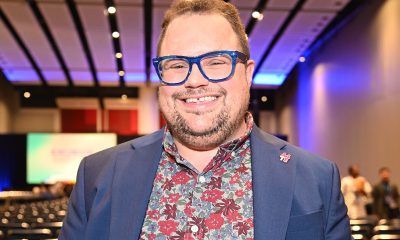Health
Fuel for the journey
Smart food choices before you work out help get you through your fitness routine
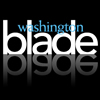
When my clients tell me during workouts they’re dizzy, lightheaded or nauseous, I always ask what they ate and when.
The causes of these symptoms during exercise is almost always food- and fluid-related. To get the most out of a workout you must be fueled and ready to go. But is it most effective to eat before or after a workout? The short answer is both. Knowing when the best time to eat and what types of food to eat is essential to an effective workout.
Your body is a fine-tuned machine and it needs fuel to operate and not just any type of fuel. You need the right type of gas and at the right time, otherwise you will either putter along or stall or worse, you may have to replace your transmission. And equally important to the right fuel sources are water and fluids, which are akin to your body’s radiator, regulating your core temperature and cooling abilities. Eating and fluid intake must go hand in hand with exercise. You are eating to exercise, not exercising to eat.
While most credentialed and qualified nutritionists or registered dieticians can give you a structured eating plan, this might prove to be either too complex or too time consuming for most people if it involves writing down your food.
While it’s always good to confer with your health care provider, the basic principles are simple and apply to anyone without dietary restrictions, food allergies, eating disorders or obesity.
Before you work out, eat something low fat, low in calories and foods that contain fluids. No fancy foods or food experiments here. A banana and yogurt always works well.
Avoid consuming a heavy meal at least 90 minutes before working out. Two hours is more optimal and for large meals, three is best.
Avoid eating while you are working out unless you exercise for more than 90 minutes.
Always stay hydrated and if you are thirsty, you are likely on your way to dehydration. Also, as another test you should have a light urine color. You may also weigh yourself before and after your workout and replace lost weight with two cups of fluid with each pound lost. Sports drinks can be beneficial especially in hot humid weather and I will address them in another column. You should drink about a half cup to one cup of water every 15-20 minutes during exercise.
Post workout meals should be consumed within 30 minutes of your workout and be a combination of lean protein and complex carbohydrates. Nuts (almonds and walnuts are the most nutritional) are recommended. Low fat string cheese, peanut butter without sugar or a light meal with meat, starch and partially cooked (not mutilated) vegetable are healthy choices. And remember your whole grains.
Other popular and often misunderstood eating strategies worth mentioning are meal replacement plans or MRPs and in particular protein shakes and of course the ever popular, but often dismissed today, carbo loading. There can be a place for these tools, but these options are usually reserved for sport specificity or long endurance events and races. For the general exercise population there seems to be a misguided allure to them, but they are not a necessity under normal exercise circumstances. Simply remember real food is your best fuel source. Any substitutions, particularly synthetic, should be secondary and many nutrition bars are disguised sugar and chemical-laden candy bars. Yeah, I know the non-regulated supplementation industry, supremely referred to as neutraceuticals are going to have my head for this statement. But I say go natural as much as possible.
Finally, if weight maintenance, loss or gain is your goal, remember to be aware of your overall caloric consumption. The basic equation is one pound equals 3,500 calories. Hence to lose a pound or gain a pound, you will need either a 3,500 expenditure/deficit or an additional 3,500 in caloric consumption. And remember to regulate your portion sizes and eat smaller incremental meals throughout they day with your meals or snacks consuming lighter quantities as the day progresses.
Health
Developing countries to receive breakthrough HIV prevention drug at low cost
Announcement coincided with UN General Assembly
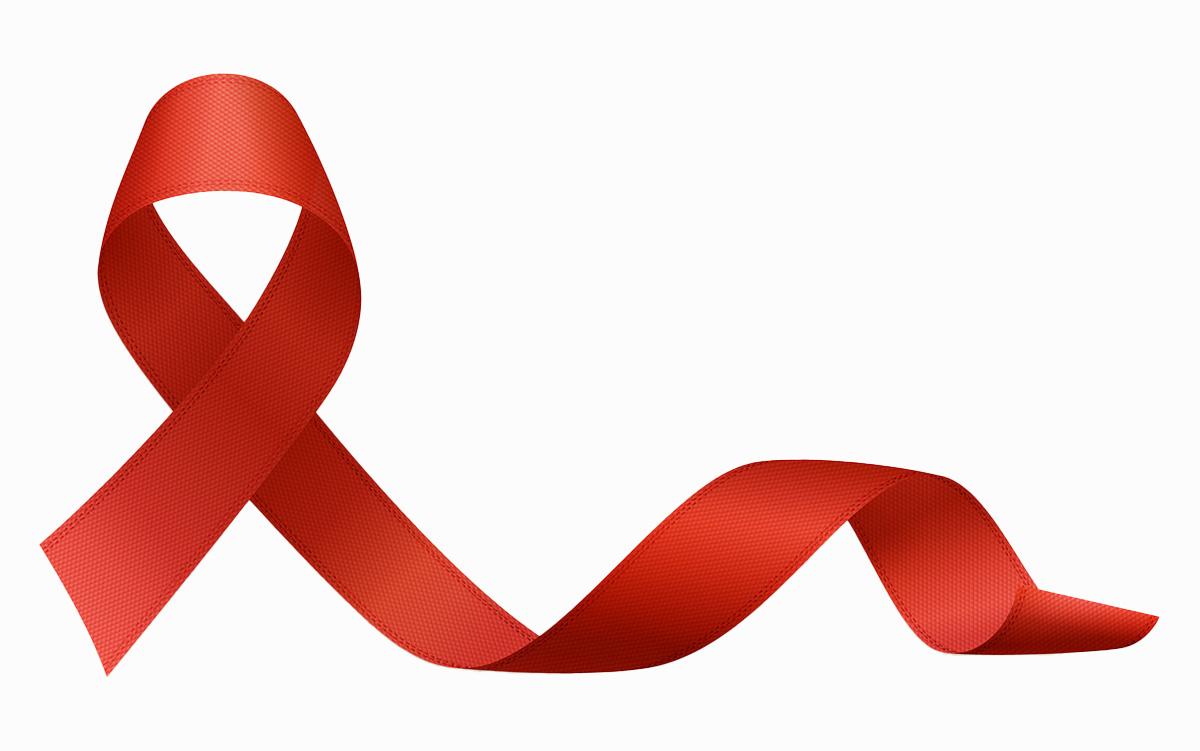
Philanthropic organizations on Wednesday announced two agreements with Indian pharmaceutical companies that will allow a breakthrough HIV prevention drug to become available in developing countries for $40 a year per patient.
The New York Times notes Unitaid, the Clinton Health Access Initiative, and Wits RHI reached an agreement with Dr. Reddy’s Laboratories to distribute lenacapavir. The Gates Foundation and Hetero brokered a separate deal.
Unitaid, the Clinton Health Access Initiative, Wits RHI, and the Gates Foundation announced their respective agreements against the backdrop of the U.N. General Assembly.
Lenacapavir users inject the drug twice a year.
UNAIDS in a press release notes lenacapavir in the U.S. currently costs $28,000 a year per person.
“This is a watershed moment,” said UNAIDS Executive Director Winnie Byanyima in a statement. “A price of USD 40 per person per year is a leap forward that will help to unlock the revolutionary potential of long-acting HIV medicines.”
The State Department earlier this month announced PEPFAR will distribute lenacapavir in countries with high HIV prevalence rates. A press release notes Gilead Sciences, which manufactures the drug, is “offering this product to PEPFAR and the Global Fund at cost and without profit.”
Health
Don’t just observe this Suicide Prevention Month
Crucial mental health are being defunded across the country
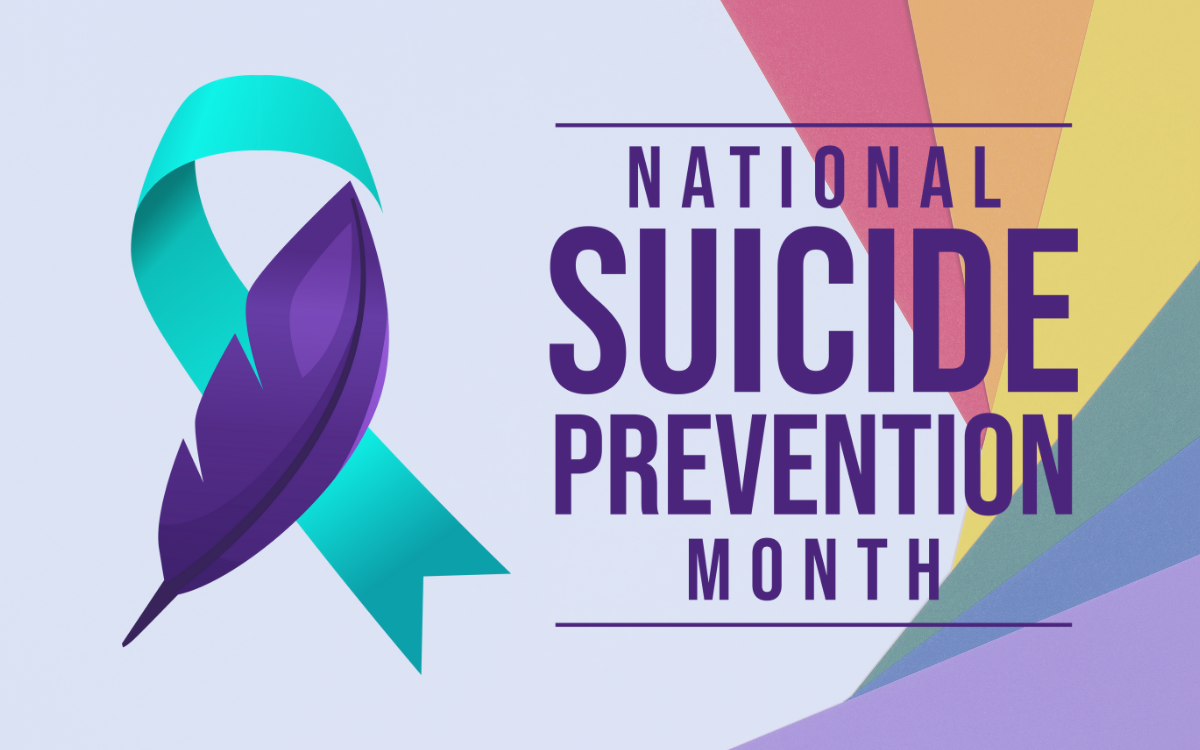
September is Suicide Prevention Month, a time to address often-ignored painful truths and readdress what proactivity looks like. For those of us who have lost someone they love to suicide, prevention is not just another campaign. It is a constant pang that stays.
To lose someone you love to suicide is to have the color in your life dimmed. It is beyond language. Nothing one can type, nothing one can say to a therapist, no words can ever convey this new brand of hurting we never imagined before. It is an open cut so deep that it never truly, fully heals.
Nothing in this world is comparable to witnessing someone you love making the decision to end their life because they would rather not be than to be here. Whether “here” means here in this time, here in this place, or here in a life that has come to feel utterly devoid of other options, of hope, or of help, the decision to leave often comes from a place of staggering pain and a resounding need to be heard. The sense of having no autonomy, of being trapped inside pressure so immense it compresses the will to live, is no rarity. It is a very real struggle that so many adolescents and young adults carry the weight of every day.
Many folks in our country claim to uphold the sanctity of human life. But if that claim holds any validity or moral grounding, it would have to start with protecting the lives of our youth. Not only preventing their deaths but affirming and improving the quality of their lives. We need to recognize and respond to the reality that for too many adolescents and teenagers, especially those who are marginalized and chronically underserved, life does not feel so sacred. It feels damn near impossible.
Today, suicide is the second leading cause of death for Americans ages 10 to 24. That rate has almost doubled since 2007. Among queer-identifying youth, the statistics are crushing. Nearly 42 percent have seriously considered suicide in the past year, and almost 1 in 4 have attempted it. These are not just numbers. These are the children and teens we claim to care for and protect. These are kids full of potential and possibility who come to believe that their lives are too painful or meaningless to go on.
For our youth who identify as both queer and BIPOC, the numbers soar to even more devastating heights. Discrimination, housing insecurity, trauma (complex, generational, or otherwise), and isolation pile on the already stacked mental health risks. Transitional times like puberty, continuing education, coming out, or even being outed can all become crisis points. And yet, the resources available to support these youth remain far too limited, particularly in rural and underfunded communities.
We must also call out a disheartening truth. Suicide is not just a mental health issue but also a political one. Despite years of advocacy and an undeniable increase in youth mental health crises, funding for prevention is barely pocket change in regard to national budgets. In 2023, the federal government spent an underwhelming $617 million on suicide prevention efforts. To provide some perspective, that’s less than what we spend each year defending the border wall.
Meanwhile, school-based mental health services, one of the most effective means of reaching children and teens early, are being decimated. A $1 billion mental health grant program, which began after the Uvalde school shooting aiming to increase school counseling services, was recently pulled from hundreds of school districts. In some places, that left over 1,000 students for every one mental health provider. And in others, it left entire counties with zero youth therapists.
This rollback is not an isolated agenda. It operates in tandem with a cultural and legislative attack on the LGBTQ community and our access to affirming education, healthcare, and visibility. Programs that create safe spaces and lifelines are being wiped away. The LGBTQ line of the 988 suicide hotline, created to offer identity-affirming, culturally competent crisis support, was recently defunded, despite having provided help to over 1.3 million callers. The political message here is unmistakable. Only some lives, some pain, and some needs of a select group are worth the money and care.
I can’t help but contrast this with how our country controls the process of childbirth. Over the last decade, particularly following growing awareness and resulting concern around maternal mortality rates, the U.S. has consistently increased investment in maternal health. Federal funds now support initiatives like Healthy Start, safety improvements in birthing facilities, and dedicated maternal mental health hotlines. In 2022, the Into the Light Act was passed, allocating $170 million over six years for screening and treatment of postpartum mental health conditions. These are great and necessary efforts. But even here, we fall short. A study published in “JAMA Psychiatry” in November 2023 examined drug overdose deaths among pregnant and postpartum women in the U.S. from 2018 to 2021. The findings revealed that suicide and overdose were the leading causes of death during this period.
Yet even this limited progress for new parents shows us an undeniable contradiction. As a nation, we have shown we are capable of legislating support for life when we are politically and morally motivated to. We can pass bills, allocate funds, and create crisis hotlines. What’s missing is the motivation to extend that same urgency to the mental health and well-being of young people before they become statistics.
At the same time, astonishing amounts of public money have been directed toward restricting reproductive freedom. Since the overturning of Roe v. Wade in 2022, states have collectively spent hundreds of millions of dollars enforcing abortion bans, funding legal battles, surveillance infrastructure, and crisis pregnancy centers that often provide misleading information.
In 2023 alone, Texas allocated over $140 million to the Alternatives to Abortion program, while at the same time slashing funding to health providers that offered comprehensive reproductive care. Nationwide, anti-abortion lobbying and litigation have received sustained state and federal backing, often at the expense of preventive care, contraception access, and the very maternal health supports that claim to be prioritized. Only the willful can ignore the blatant contradiction here. While suicide and overdose silently claim the lives of mothers post-childbirth, far more political and financial energy is funneled into controlling whether people can become mothers in the first place.
Real prevention should not be limited to easy words and good intentions each September. Real prevention should be about intrenching mental health support into the daily lives of young folks. It means funding school counselors and social workers so that every child has someone to talk to. It means restoring services that center the needs of queer, Indigenous, and BIPOC youth, who are far too frequently left behind. It means guaranteeing that crisis lines are open. It means creating and nurturing environments where vulnerability is not discouraged but invited.
We also have to stop criminalizing mental health crises. Way too often, suicidal and struggling youth are met with handcuffs or hospitalization that adds layers to trauma rather than with compassion. Prevention must be proactive, not punitive. We need peer support groups, trauma-informed teachers, and trusted adults who are trained to notice the signs before the worst happens.
We are also overdue for a culture shift. A society with the alleged aim to value life does not shame those who are struggling to hold onto it. Contrary to popular unsaid belief, strength is not stoicism. Strength is connection. It’s knowing when to ask for help.
If we as a country actually and honestly cherish life, we have to prove it. We have to prove it not with words but with resources, policy, and compassion. Suicide prevention cannot begin and end with simple slogans and annual awareness. It has to mean a continuous investment in systems of care that affirm life, especially for those who are most vulnerable.
This September, as we recognize Suicide Prevention Month, I dare us to do more than to just memorialize those lost. Let’s start fighting for those living. Let’s create a world where no child, teen, or young adult feels that their only way out is to stop living. They are not expendable. They are not alone. And their lives are sacred. If only we had the heart to act like it.
I am almost ashamed to say that it wasn’t until I lost someone I love to suicide that I began volunteering my time to the American Foundation for Suicide Prevention. The work that the AFSP does is not only needed, it’s imperative today more than ever. If nothing else, please hit this link and donate.
Health
GLP-1s can help address LGBTQ healthcare barriers: experts
Queer people more subject to body dissatisfaction
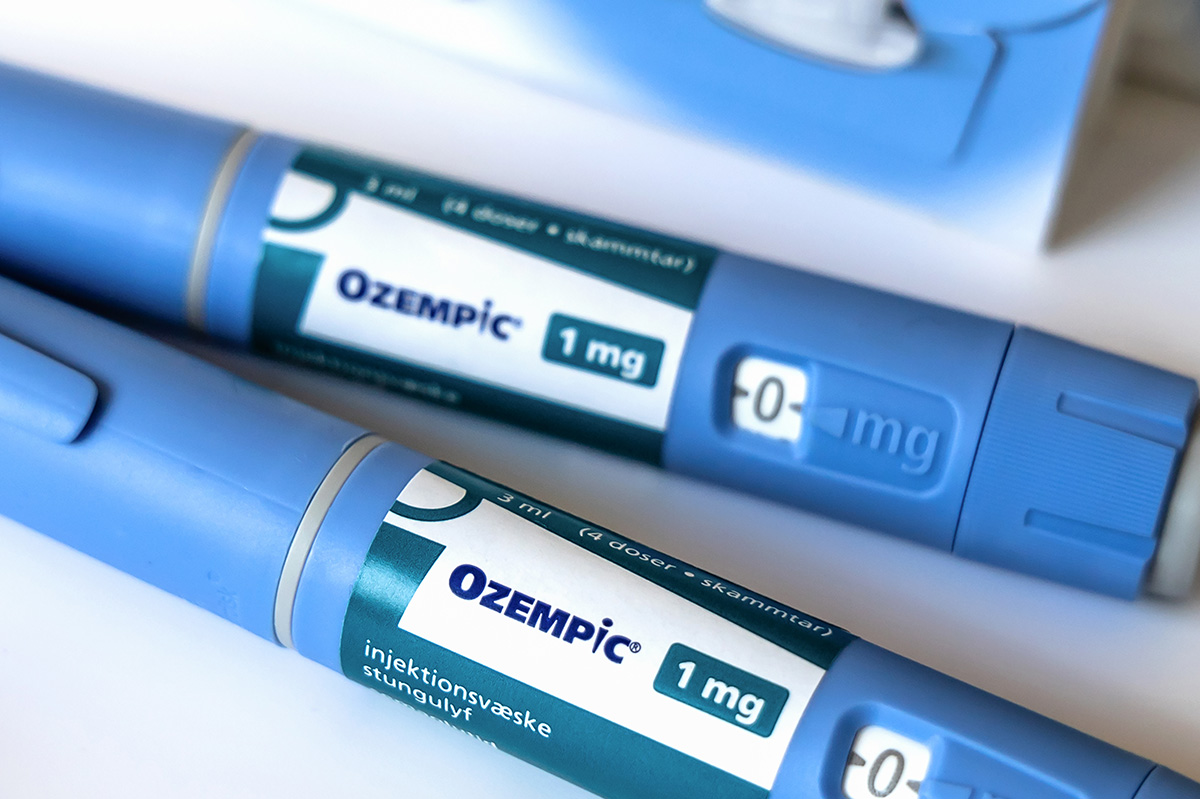
Dana Piccoli tried everything to lose weight.
She frequented the gym, went on and off diets and hired a personal trainer. When Piccoli decided to get on a GLP-1, it wasn’t a “short cut” to drop weight – it was a way for her to live her life comfortably.
“When I told someone I was on it, they were like, ‘I’m going to the gym because I want to do it the right way,’” said Piccoli, managing director of queer media collaborative News is Out. “Obviously that kind of stung because for me, this is the right way.”
GLP-1 drugs have caused quite a stir since becoming more integrated into mainstream medicine. The newness of some brands, like Ozempic, have led to stigmas and mistrust surrounding them. These stigmas disproportionately affect the LGBTQ+ community since queer people are more subject to body dissatisfaction and have more trouble finding accessible healthcare.
Through all the noise, however, experts say taking GLP-1s are safe with the right counseling, and LGBTQ+ people could largely benefit from them.
So, what’s all the ruckus about? Are GLP-1s an “easy way out” to lose weight? And how do they really impact the LGBTQ+ community?
How GLP-1s work
GLP-1s, or glucagon-like peptide-1, mimic the actions of a GLP-1 that is released by the gut after eating. It can help people with Type-2 diabetes by lowering blood sugar through the release of insulin, and can help those with obesity by slowing down digestion and, in turn, reducing one’s appetite.
Like any medication, there are some side effects to consider. Sangeeta Kashyap, assistant chief of clinical affairs at Weill Cornell Medicine, said symptoms like nausea, diarrhea, and vomiting can occur. However, Kashyap said these side effects are less severe than past GLP-1 brands – a reason that contributes to their newfound popularity – and can be better managed with proper guidance.
Since the drug causes a loss of both fat and muscle loss, she said doctors should inform patients to do strength training to maintain any deteriorating muscle, and to eat high-protein diets, since fatty foods increase the risk of vomiting or nausea.
Getting on a GLP-1 isn’t just about shedding a few pounds. Kashyap said it’s a commitment to your health and body, which is why talking with a doctor and understanding the risks are crucial.
“We give patients appropriate guidelines,” Kashyap said. “We do blood tests, we monitor things, and give a lot of counseling to these patients. I don’t think you could just give the medicine out like candy.”
Piccoli, who started her GLP-1 journey with her wife, said the medication helped turn off “food noise.”
“Your motivation for things, your reward system with food is kind of disabled,” Piccoli said. “That really helped me understand my relationship with food.”
Turning down food noise
Losing weight isn’t as easy as getting on a GLP-1 and eating less. Piccoli said turning off the food noise in her brain led to a complete lifestyle shift.
“I had to completely change everything about the way I eat, everything about the way I approach food,” she said about her experience taking Mounjaro. “This has been one of the hardest things I’ve ever done.”
Kashyap said the lifestyle change that comes with taking a GLP-1 is why it’s important to consult a doctor first to understand how it could affect you not just physically, but also emotionally.
Kashyap said she sees higher rates of mental health disorders in transgender women, a community that already faces more barriers in finding accessible healthcare.
This could lead to someone getting on the drug for the wrong reasons, Kashyap said. She noted that those with eating disorders or body dysmorphia could face more severe side effects. Body dysmorphia and body image concerns are already an issue for the LGBTQ+ community, Kashyap said, so prescribing GLP-1s needs to be handled with care.
One way to ethically prescribe a GLP-1 to a patient would be to conduct a mental health screening, according to Kashyap. Mental health screenings aren’t required to get on a GLP-1, but Kashyap said they would be beneficial to patients who may be prone to negative effects by taking the drug.
Although some people may see more severe side effects, Caroline Apovian, co-director of the Center for Weight Management and Wellness at Brigham and Women’s Hospital, said GLP-1s are a completely safe and rigorously tested drug.
If a person faces negative side effects from taking a GLP-1, it’s more about how their body or brain is reacting to it than the drug itself being unsafe.
“Any kind of weight loss is going to affect your mood, either positively or negatively,” Apovian said.
With the queer community already facing increased barriers to healthcare, there’s another issue to consider: GLP-1s aren’t cheap.
Depending on where you get it from and whether or not insurance covers it, you could pay hundreds or even thousands of dollars for a limited supply.
Piccoli said she paid out of pocket and had to make sacrifices for her and her wife to both get on a GLP-1.
“I didn’t renew my car lease,” Piccoli said. “We decided to go down to one car so that we had some extra income monthly to be able to pay for it.”
On the other hand, Matt, who requested to be identified only by his first name due to the sensitivity of the topic, said he was shocked at how easy it was to get the cost of his GLP-1 covered by insurance. He had been warned by his doctor about the difficulty of getting it covered, and expected an “uphill battle.”
“[My doctor] wrote out the prescription for me, and on my way home, I got a text message from the drugstore saying it was ready to go,” said Matt, who’s lost 48 pounds on Ozempic since June 2024.
Matt said experiences like his, although not the standard, are why it’s important to talk with your doctor about getting on a GLP-1 and see for yourself rather than taking advice from social media stigmas.
Kashyap said the drug is also becoming more accessible through websites like Lilly, which provide vials for about $300-500. While that isn’t pocket change, it’s significantly cheaper than retail pharmacies.
You may have to make sacrifices like Piccoli did, but getting access to modern GLP-1s for weight loss isn’t only for the Hollywood elites like it seemed to be a few years ago.
Through all the social stigmas and uncertainty, Kashyap and Apovian agreed that GLP-1s are a major benefit for the queer community.
Trans women have increased rates of obesity, Type-2 diabetes and metabolic syndrome, according to Kashyap. Estrogen treatments increase fat mass and insulin resistance, leading to higher obesity rates in trans women. Kashyap said GLP-1s could be helpful in mitigating those effects.
GLP-1s also reduce alcohol cravings, so Kashyap noted that anyone struggling with alcoholism may see improvements with that condition upon getting on the drug.
Getting on a GLP-1 isn’t the walk in the park some may make you believe it is – it’s a lifestyle change and health commitment.
But it’s also a change that can provide good and healthy results if you seek the appropriate guidance from a professional.
While social stigmas in the queer community may lead to misinformation on who should use it and what it should be used for, GLP-1s are safe and can be a much-needed relief for a community facing significant healthcare obstacles.











